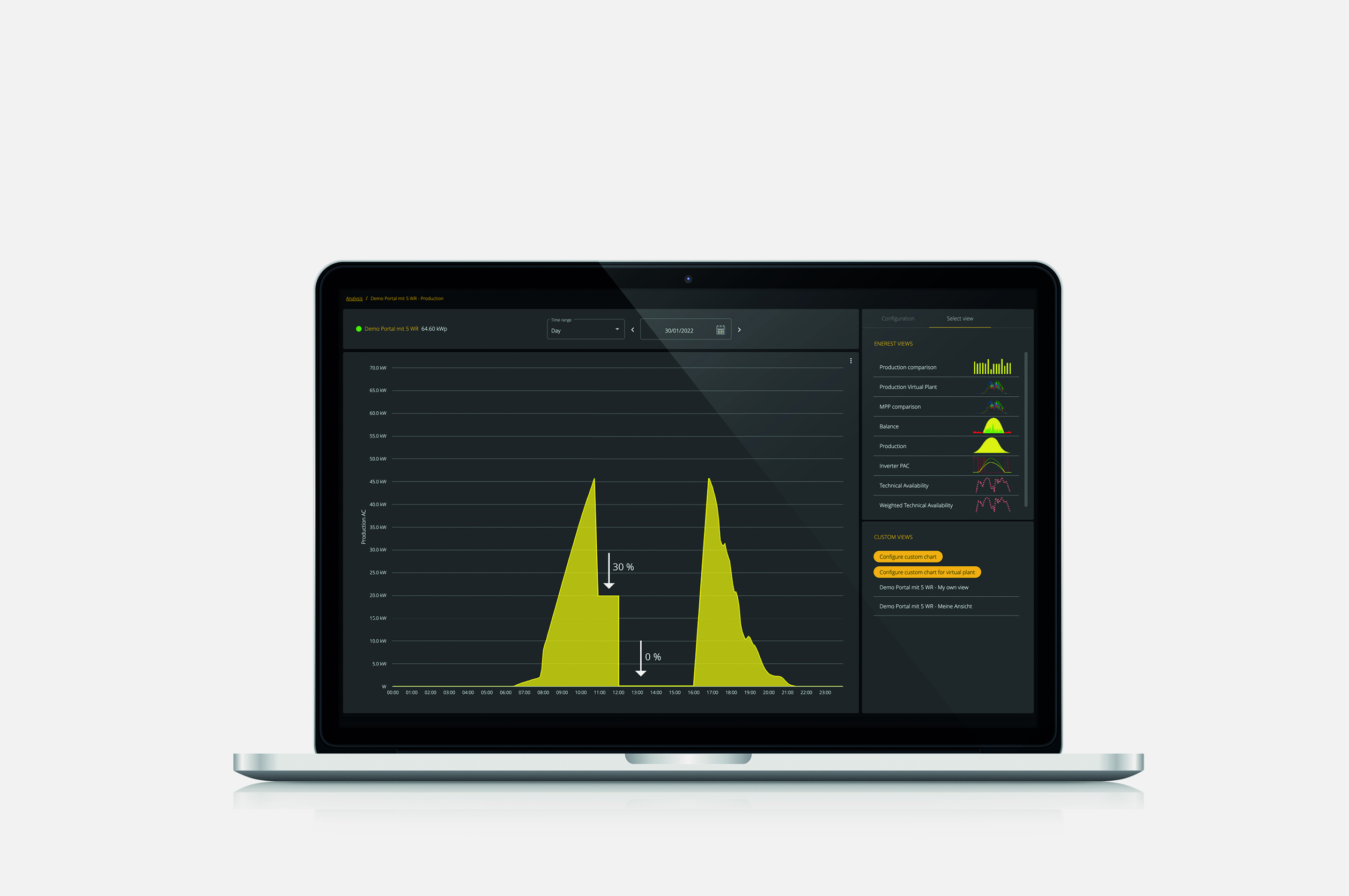Feed-in management is a crucial aspect of managing energy. It refers to the control and optimisation of the feed-in of renewable energies such as wind and solar into the electricity grid. It now plays a central role in the integration of renewable energies into electricity grids worldwide. In some countries, it is firmly established and has been proving its worth for several years. Other countries are following suit and are adopting some of the regulations and technology that have already been tried and tested.
First steps towards standardised regulations within the EU
To date, there are no standardised regulations for the European Union and its member states with regard to feed-in management. In the EU, this is regulated by the Renewable Energy Directive (RED II) and the regulation on the internal electricity market. The aim of RED II is to increase the share of renewable energies in the electricity, heating, and transport sectors by 2030. The directive sets a binding target of at least 32% renewable energy in the Union’s gross final consumption. For the EU, the focus is on creating an integrated European electricity market to ensure grid stability across national borders.



























